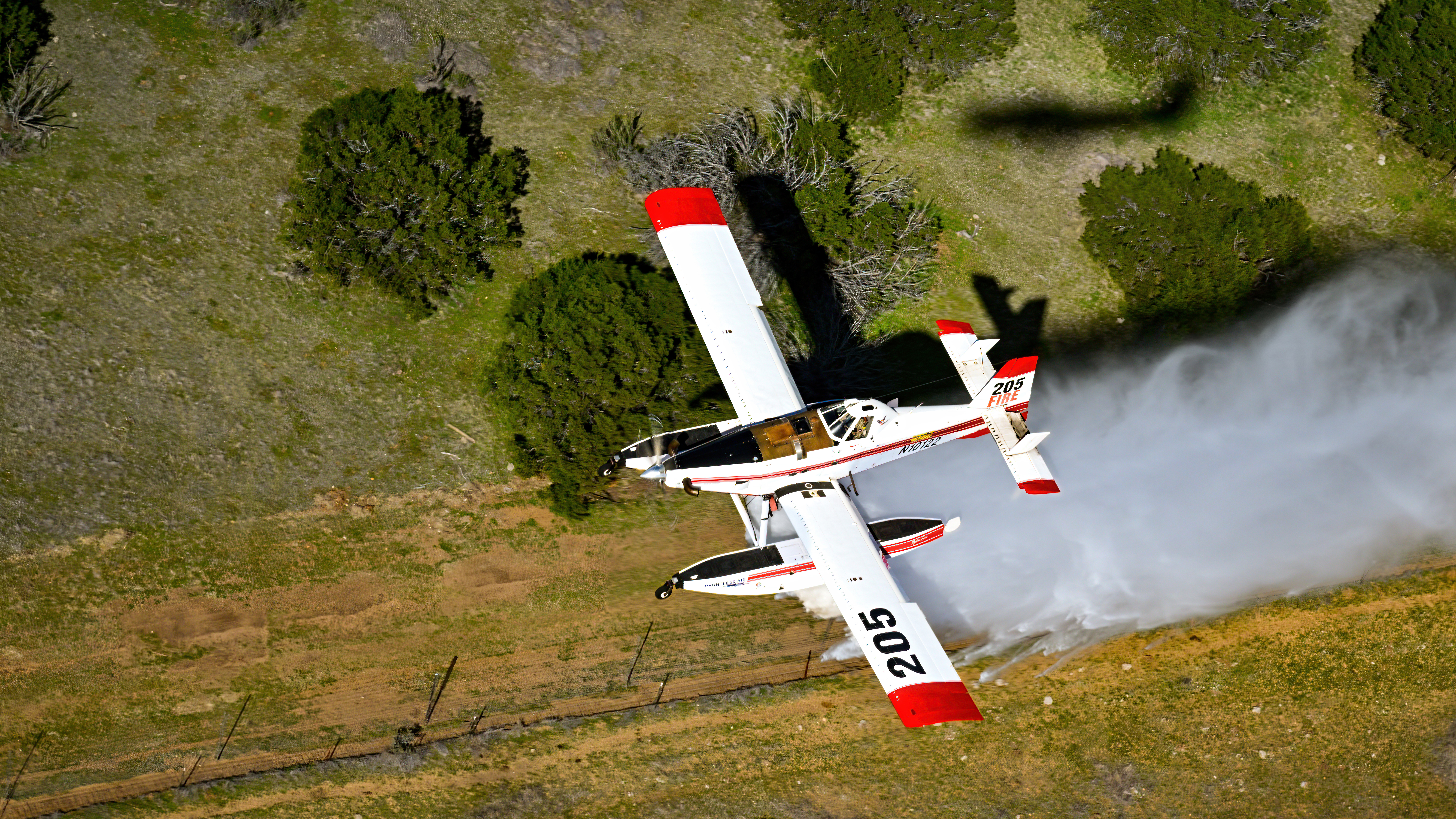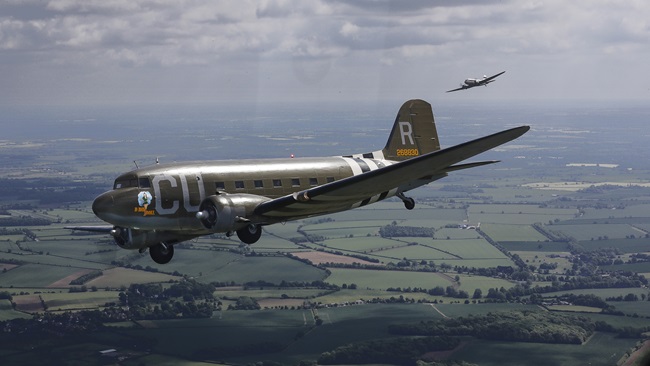 of the opportunities that comes with being the editor in chief of the world’s largest aviation magazine is the chance to fly with some really smart and experienced pilots. I’ve learned from and flown with astronauts (alas, not into space), airline pilots, pilots who utilize GA airplanes routinely in all kinds of conditions for business purposes, and an instructor with—no kidding—8,000-plus hours instructing in Bonanzas and Barons. Even though my daily driver is a Beech Bonanza, I’ve learned some clever aircraft handling tricks when flying with those experienced in tailwheels, seaplanes, skiplanes, helicopters, and even blimps and a Zeppelin.
of the opportunities that comes with being the editor in chief of the world’s largest aviation magazine is the chance to fly with some really smart and experienced pilots. I’ve learned from and flown with astronauts (alas, not into space), airline pilots, pilots who utilize GA airplanes routinely in all kinds of conditions for business purposes, and an instructor with—no kidding—8,000-plus hours instructing in Bonanzas and Barons. Even though my daily driver is a Beech Bonanza, I’ve learned some clever aircraft handling tricks when flying with those experienced in tailwheels, seaplanes, skiplanes, helicopters, and even blimps and a Zeppelin.
One of the most influential pilots I’ve flown with is Richard Collins. While he is best known for his many years at Flying magazine, he became editor in chief for a brief period and then a contributor to AOPA at the same time I started here. I was a new private pilot then, and he coached me on everything from simple radio phraseology to the challenges of flying his Cessna P210 in all sorts of weather—the first complex airplane I ever flew. We haven’t shared a cockpit in many years, but I practice skills he showed me every time I key the mic or climb into my own complex airplane.
Like so much of wisdom, none of the items I’ve picked up along the way from various pilots is all that breathtaking or revolutionary. Wisdom comes from an ever-increasing number of small tips and tidbits of advice and personal experience that build a growing foundation of knowledge. A few tips that I utilize routinely from various sources, in no particular order:
• Leave your hand on the gear switch until you’ve confirmed the gear is all the way up or down.
• Ditto with the flap switch. Keep your hand on it until the flaps are in the correct position.
• If cleared to “line up and wait,” angle onto the runway so you can see the approach path over your left shoulder, keeping an eye out for someone on final who is forgotten by the tower.
• Know thy power settings. If things get busy, especially in the terminal area, I know I can set 15 inches of manifold pressure and at any normal rpm setting, my airplane will settle into within a couple of knots of 120, a safe speed for the environment. If the gear is already down, make it 20 inches.
• In many airplanes, knocking off five inches of manifold pressure will give me about a 500-foot-per-minute descent.
• You don’t always have to go fast. Behind the airplane? Slow it down.
• Some days you should stay home. Much as we might like to think otherwise, our light airplanes are no match for some weather conditions, no matter how much gear is on board or how talented the pilot.
• A multiprobe engine analyzer is a comfort meter. On takeoff, if the bars are all smartly headed in the right direction, I have a good sense that the next 90 seconds will be mostly uneventful.
• Oil analysis is a good thing. Frequent oil analysis, a log of oil usage, and regular compression checks tell me a lot about the health of my engine.
• Give some thought to which fuel tank you’re using for takeoff. I take off on the left tank because I know that if I have a problem, I can quickly flip it to the right. The Off position is to the left of the Left position and, in an example of poor human factors, there’s no mechanical stop between Left and Off. So right is the way to go if the engine burps after takeoff.
• I once thought moving maps were for wimps who couldn’t navigate. I was wrong. I can’t remember the last time I flew without a moving map.
• Shoulder harnesses—must-have equipment. I’m now looking at air bags.
• Disoriented in instrument conditions? Things starting to get away from you? Put the gear down. It will help slow you down and, in many cases, provide additional lateral stability.
• Mind thy propwash. I learned this the hard way—twice. First as a brand-new pilot who dusted a newly swept corporate hangar—and earned a good chewing out about it. And second, when flying at Borrego Valley Airport in California, where I dusted a pristine Extra 300 with the canopy open. My fault, but really, who leaves their canopy open on a dusty desert ramp?
• No one knows your airplane better than you do. Others will miss subtle engine sound changes or vibrations that you notice. Just because they didn’t notice doesn’t mean you shouldn’t pay attention.
• Know the next three things you need to do to assure a continued safe flight.
• You’re good, but it’s the next hour that counts.AOPA
Editor in Chief Tom Haines learns something on every flight, even if it’s only that he wants to go do that again.
Email [email protected]
Social: Follow on twitter.com/tomhaines29



